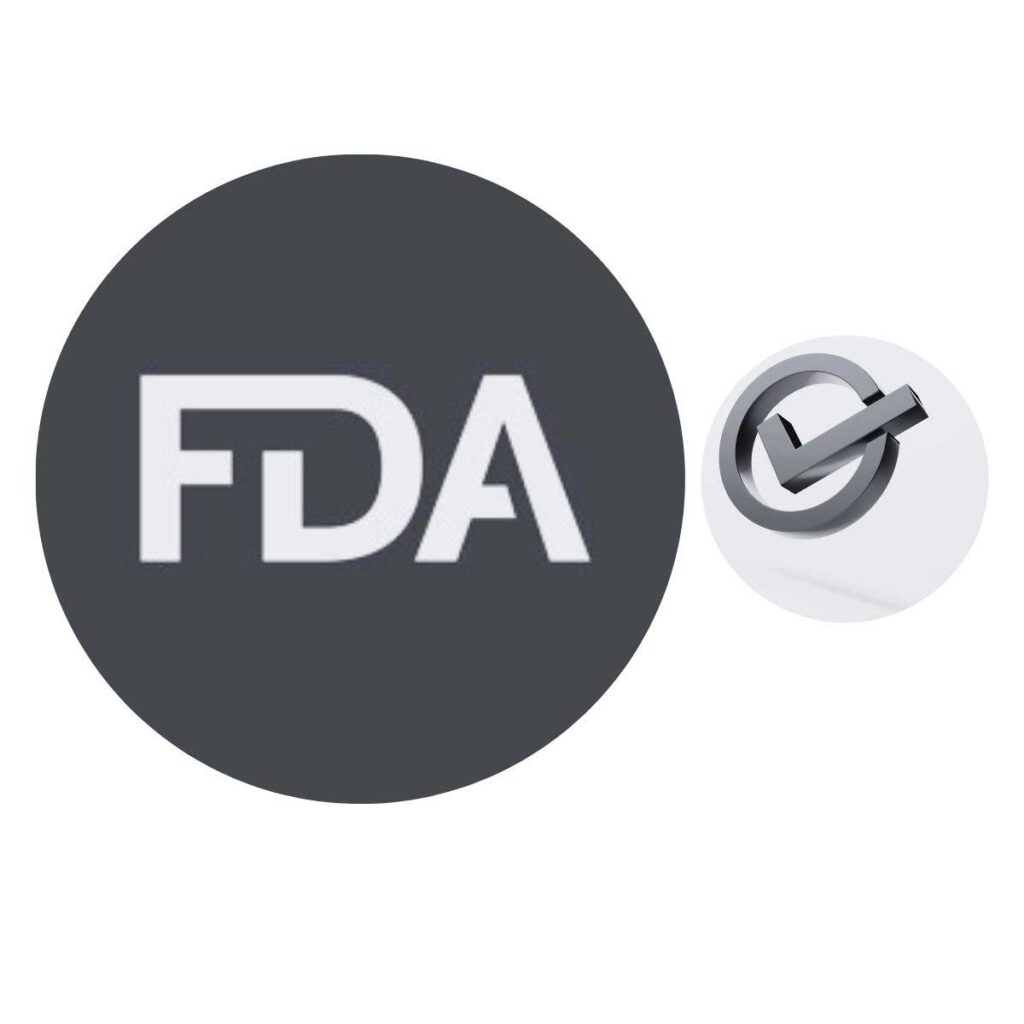In early 2022, the US Food and Drug Administration (FDA) issued its proposed rule for medical devices, the Quality Management System Regulation (QMSR). This proposed rule connects and aligns 21 CFR Part 820 Quality System Regulation (QSR) to ISO 13485:2016. Through this rulemaking, the current regulation, QSR, would see enhancements by promoting more consistency in regulating devices and providing safer, more effective, and higher-quality patient devices. With the imminent release of the Quality Management System Regulation (QMSR) final rule, medical device and medical technology organizations must ensure they are prepared for the new changes to ensure compliance.
Why is the FDA Changing the Current Regulation?
As noted above, the FDA recognizes that the alignment of QSR and ISO 13485 would yield improved safety, quality, and effectiveness of medical devices for patients. This is part of FDA’s mission of advancing and continually improving patient outcomes through its regulatory frameworks. Additionally, all medical device organizations that are required to comply with the QMSR will effectively meet the ISO 13485 standard and thereby more closely align with the regulatory authorities around the globe.
What Changes Should my Organization be Ready for?
Because the QMSR is so closely aligned with ISO 13485, your quality assurance and regulatory affairs groups must be familiar with some of the many changes listed below:
Definitions and terms: The Agency has reviewed the terms and definitions in Clause 3 of ISO 13485 to determine their suitability for the QMSR. As such, the FDA has found that most all the definitions in Clause 3 are acceptable with few modifications. Where there are overlaps or a definition does not exist – between Clause 3 and part 820, the FDA proposes removing those definitions or correlating terms from the current part 820. An example of a definition that will not be carried over from the QSR to the QMSR is Device Master Record (DMR) – which is not a term used in ISO 13485, and so this definition does not need to be retained.
However, to ensure that the QMSR meets the requirements in the FD&C Act, the Agency also proposes to retain specific definitions found in the current part 820 which supersede the same or similar terms in ISO 13485. In particular, the definitions of device and labeling in sections 201(h) and (m) of the FD&C Act, respectively, supersede the correlating definitions for medical device and labelling in ISO 13485.
Requirements for records control: Additional changes from the QSR will be the requirements for records control with adopting the records control requirements found in 4.2.5 of ISO 13485. Additionally, organizations will notice additional signature and date requirements not currently in the QSR.
Risk Management: Risk management in the QMSR will be substantially enhanced over the QSR. The QMSR will emulate the risk management requirements firmly integrated into ISO 13485. Furthermore, the QMSR will focus on risk management throughout the product’s lifecycle, whereas, the QSR only addresses risk management within design validation.
What Should my Organization do Next?
With the earliest potential rollout of the final rule being this December, your organization should be prepared by performing a gap assessment to identify areas of non-compliance or risks between the QSR and QMSR. Additionally, even if you organization is ISO 13485 certified, you will still need to ensure all gaps are closed as there are some differences between QSMR and ISO 13485, such as, labeling and packaging (QMSR 820.45) – FDA found ISO 13485 to be lacking in this area by comparison to QSR. Lastly, once the gaps have been closed, modifying your Quality Management System to reflect the changes will be necessary. For more information on the QSMR, contact our team at QLeaR Advisors to discuss a right-sized and balanced approach to aligning with QMSR.

